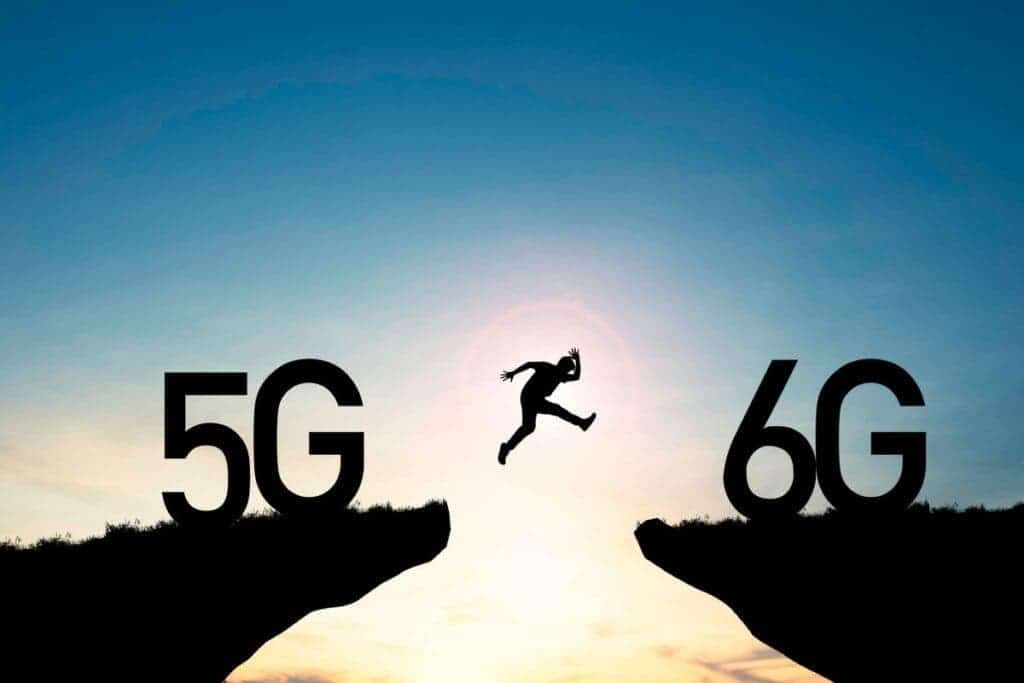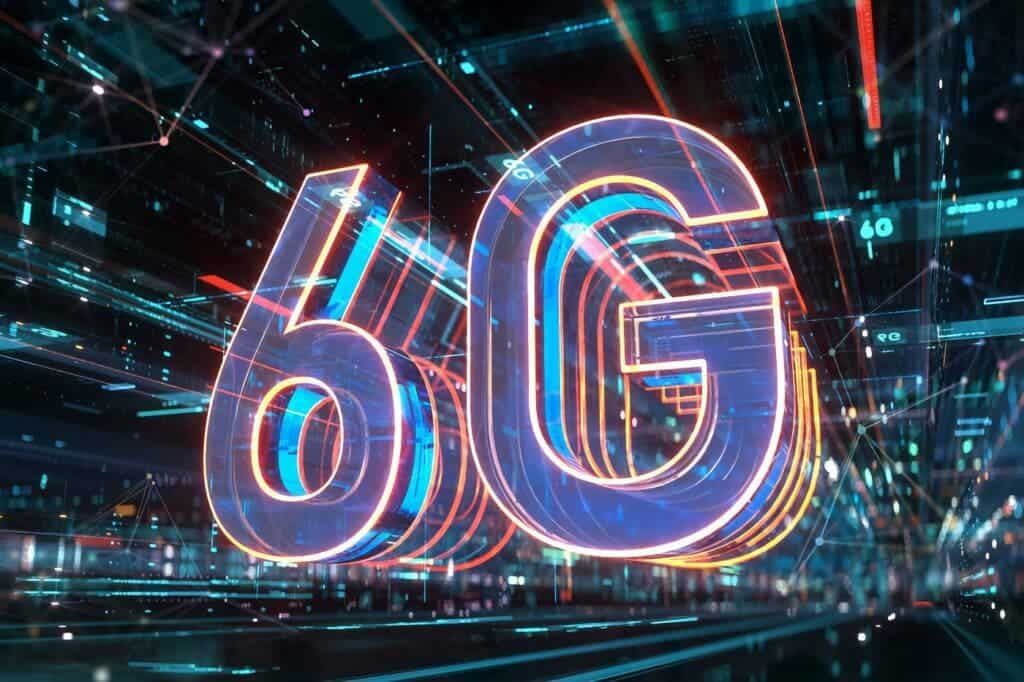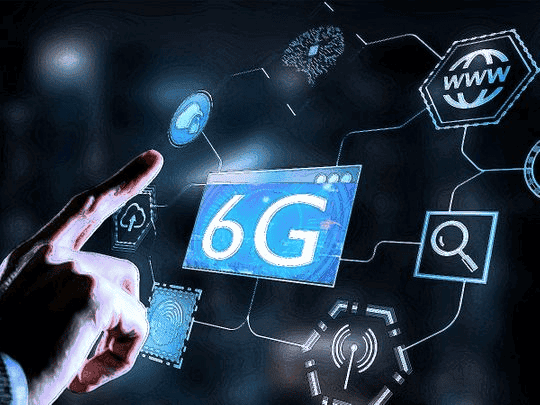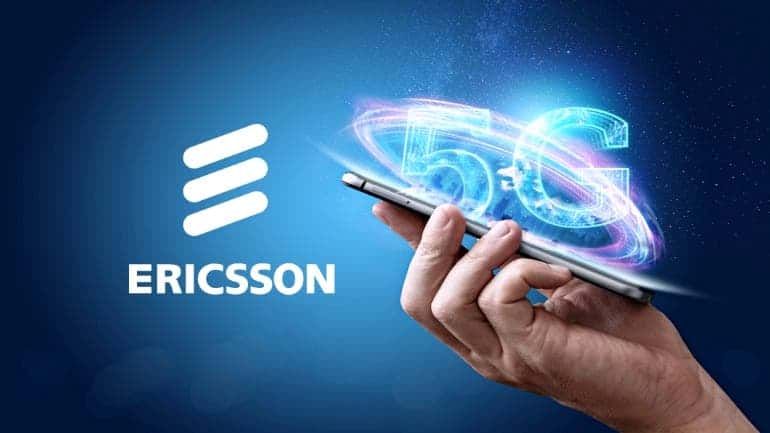The development of a new network takes several years. For instance, while 4G hit the public in 2009, it took another 10 years for 5G to launch in 2019. In fact, mobile network progress needs teamwork between different companies. Most of the top tech in a mobile network is from the U.S., China or Europe. Companies from these regions need to tag along to achieve the next gen mobile network faster. However, we all know what happened with the 5G network. China took the lead and the U.S. did not find it "funny". At some point, ex-President Trump openly expressed his anger that American companies were not doing enough. With the U.S. ban on several Chinese companies, there will be a break in cooperation in some areas.

Most U.S. and even European companies can not do business or share ideas with Chinese companies. This is because of this ban. Thus, they have to work on their own. This may make the development of the 6G network take a longer time. However, just like with 5G, China is taking the lead with the 6G network again. Under the guidance of the MIIT, the IMT-2030 (6G) Promotion Group organized a concept sample test of 6G key tech.
ZTE took part in five 6G network test
In the test, ZTE was an active part of the execution of various tasks of the 6G group. It took part in the probe and research of 6G related tech. The company also invested a lot of staff and material resources in this test. Also, it carried out and took part in all five aspects of the concept sample tests. This includes
- 6G distributed autonomous network and digital twin network concept sample
- 6G computing power network key tech concept sample
- 6G terahertz key tech concept sample
- 6G communication perception integration key tech concept sample
- 6G intelligent metasurface tech concept sample
The company got great results in the tests. Also, relevant technical indicators reflect good functions and performance. In the 6G distributed autonomous network and digital twin network concept sample test, ZTE's network sample was connected to the network planning scenario verification system. It completed the whole process of verification for voice and text. The twin sample passed the access network digital twin network capacity test. It also passed the access network digital twin network similarity test. In addition, it passed the access network digital twin network prediction capability test.

ZTE test results are positive
In the sample test of the key tech concept of the 6G computing power network, the ZTE sample finished the computing network insight. It also rounds off the computing power routing function tests in the bearer network environment based on the SRv6 architecture. The results show that the company had a good outing in the computing network insight function test. ZTE solution supports real time insight into network information such as network connection, delay, and flow rate. It also supports computing power info such as CPU occupancy rate and memory occupancy rate. In the computing power routing function test, it supports real time computing power schedules and network path selection capacity for strategy.
In the 6G terahertz (THz) key tech concept sample test, ZTE adopts an electronic THz system sample that supports up to 2 x 2 MIMO. In the case of real time communication, it supports outdoor long distance transmission. Also, the spectral efficiency exceeds 7bit/s/Hz.

In the sample test of the key tech concept of 6G communication-sensing integration, ZTE adopted a millimeter-wave synesthesia-computing-control integrated sample device. It uses 1 AAU while sensing and receiving were isolated by different antenna panels in the AAU. While sensing, the communication terminal carried out the transmission of signals received separately. Among them, the distance accuracy can reach the decimeter level. Also, it can realize stable positioning and tracking of UAVs within 1km. In addition, its capacity is equivalent to that of GPS in the device.
In the sample test of the concept of 6G smart metasurface tech, ZTE sample realized the coordination between the base station and RIS. It also achieves the controllability of the beam. Compared with not installing RIS, the measured point with RIS turned on has gained, the maximum can reach 30dB.
Ericsson to invest millions in UK 6G network research
While China is already testing 6G key tech samples, Europe and the U.S. are still investing. Recent reports reveal that Ericsson will invest millions of pounds in 6G network research in the UK. The company will also cooperate with many universities in hardware security, artificial intelligence, cognitive networks and quantum computing. Ericsson is one of the leaders in mobile network tech. After axing Chinese firms, the U.S. turned to Ericsson and Nokia. Ericsson said the ten year plan will help drive the development of next gen. 6G networks. From the reports so far, 6G networks will be commercial around 2030.

Katherine Ainley, chief executive of Ericsson UK and Ireland, said... "We will establish a team of 20 high level researchers in the UK, and will also provide funding for students. The initial focus will be on 6G network and hardware security". There are reports that some universities in the U.K. will cooperate. The University of Surrey, the University of Bristol and the University of Manchester will make the list.
The new research team will complement Ericsson's 17 existing research sites in 12 countries, she claims. The British government said Ericsson's investment represented "enormous trust" in the UK's telecoms industry. She adds that the country would soon publish a strategy for the development of 6G tech.






Place comments
0 Comments
You are currently seeing only the comments you are notified about, if you want to see all comments from this post, click the button below.
Show all comments